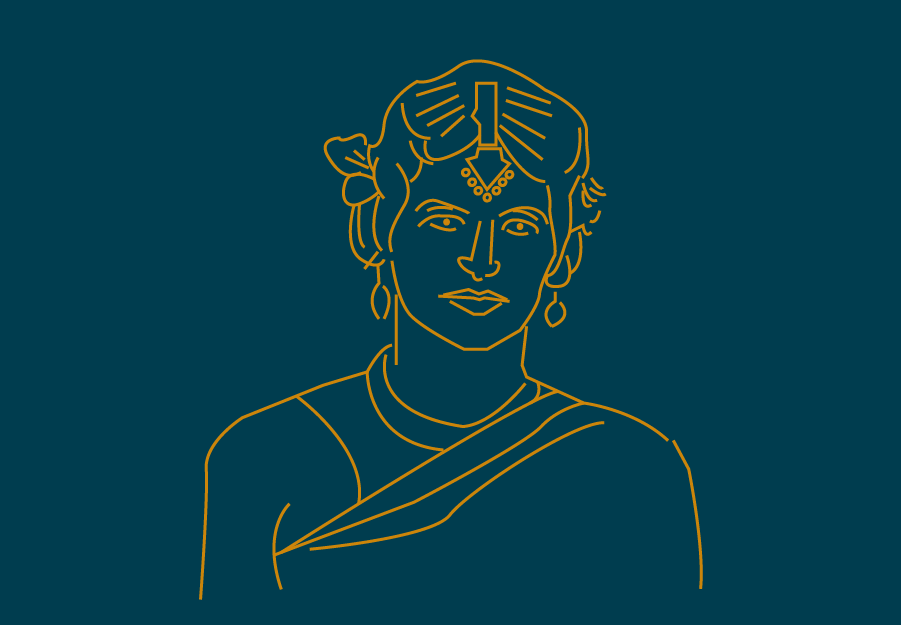This timeline has been conceptualized and created by
There are many people around the world who face violence and inequality simply because of who they love, how they look, or who they are. While this discrimination can take the form of physical abuse, it also has lead to the denial of basic rights like health care, lack of jobs and housing, domestic violence, abuse against children, and denial of family rights and recognition.
Have you ever wondered how it all started? This timeline traces the origin of the LGBTQ+ movement and the events that have shaped it over the years.


Let’s start right at the beginning.
195,000 years ago
Round about when Modern man evolves and starts walking the planet.
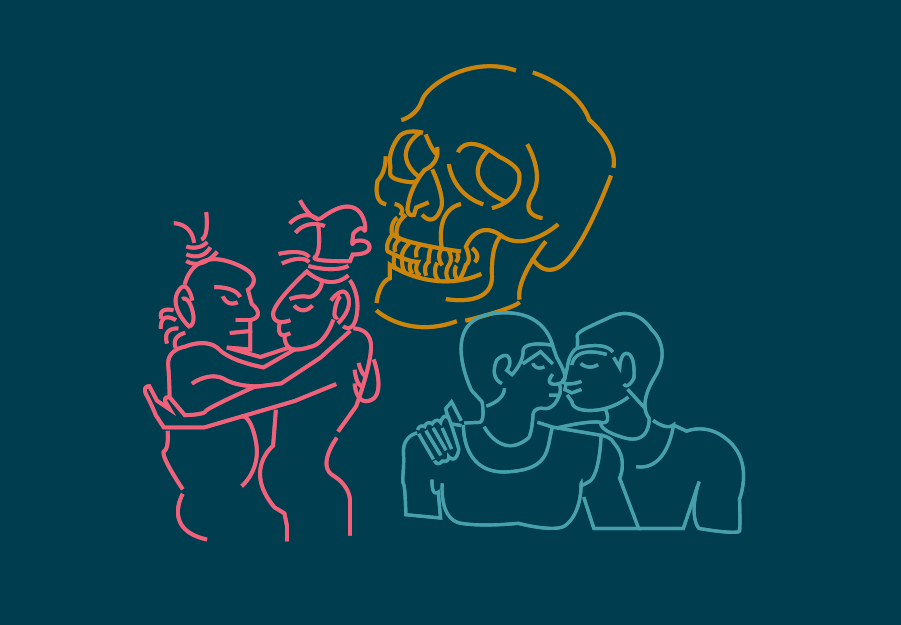
9700 B.C
Mesolithic rock arts found in Sicily are interpreted as the earliest depictions of homosexual behavior. These include phallic male figures in pairs.
Around the same time, sexual depictions in drawings and figurines from the Neolithic and Bronze Age are found in the Mediterranean area. As one author describes it, these portrayals are shown to represent a 'third sex' human figure, having female breasts and male genitals or without distinguishing sexual characteristics.
A 5000-year-old skeleton (dating back to 2900 B.C.), unearthed from a burial at a suburb of Prague, depicts a male, buried in the outfit usually reserved for women. Archeologists believe it to be the remains of a trans individual.
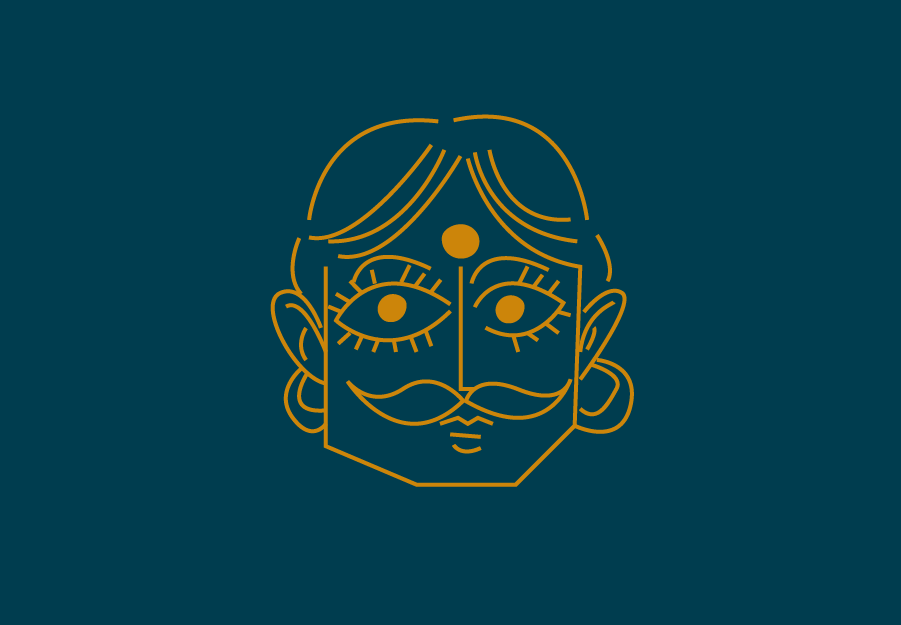
1500 B.C. India
Moving onto the Indian subcontinent, around 1500 B.C., four sacred texts called Vedas are written.
One of them, the Rig Veda, includes a line in Sanskrit,“Vikiti Evam Prakriti”, translating to “what seems unnatural is also natural” which some scholars believe recognises homosexual/transsexual dimensions of human life, like all forms of diversities.
The Mahabharata, one of two epics in ancient India, written around 400 B.C., features the ‘third sex’ in the form of integral, powerful and dignified characters such as Shikhandi and later Arjuna, in the form Brihanalla.
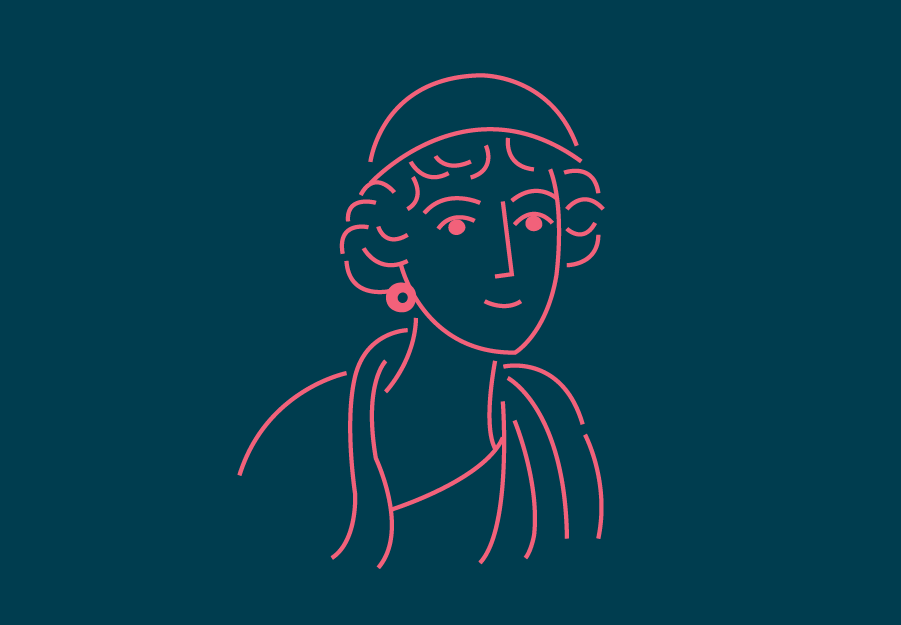
Sappho: 630 B.C
From the Indian subcontinent, let’s travel to Greece where Sappho is born in the island of Lesbos.
Sappho, famously known for her homoerotic poetry, lends her name and that of her homeland, Lesbos to the definition of 'lesbianism’ or ‘sapphism’. She is included by the Alexandrians in the list of nine lyric poets, deemed worthy of critical study. She is later exiled in 600 B.C.
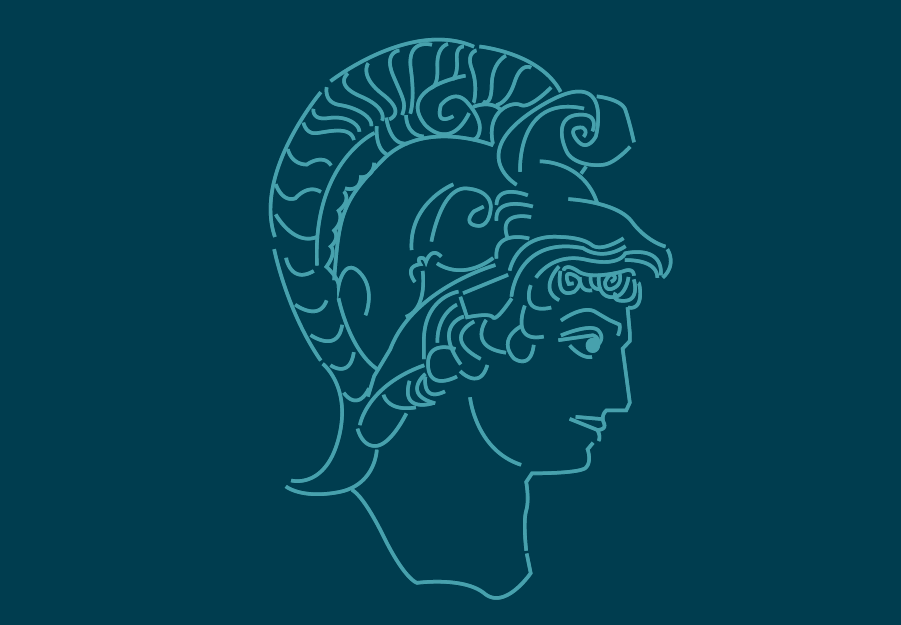
Alexander the Great
Three hundred years later, in 356 B.C., Alexander the Great is born in Greece. Regarded as one of the greatest warriors of all time, scholars speculate that he found love in Hephaestion, his childhood friend. Their tutor Aristotle describes the friendship as “...one soul abiding in two bodies”.
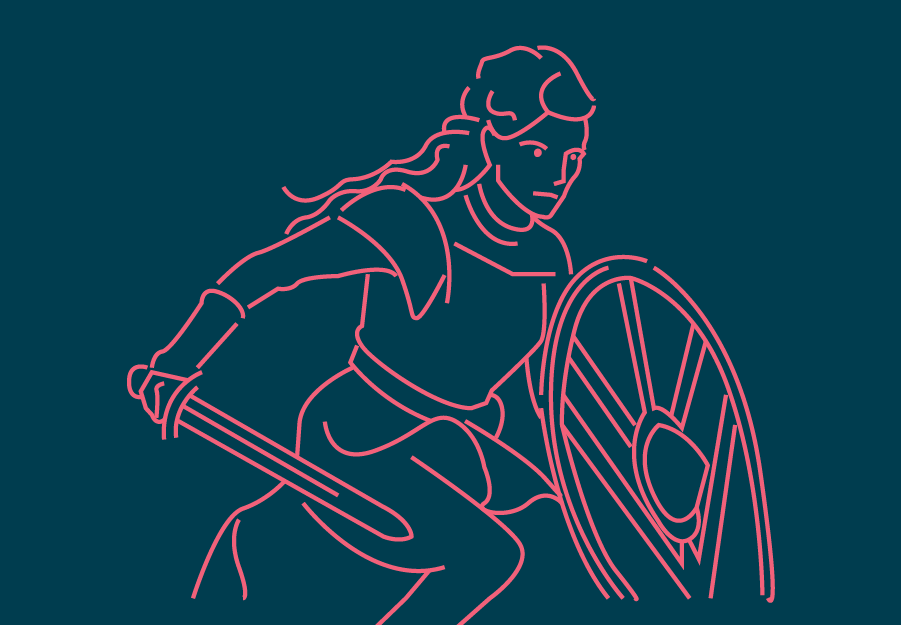
1000 A.D.
Recent DNA discoveries from burial remains in Sweden prove that one of their celebrated Viking warriors is a woman. This throws light on the gender prejudices of researchers who make the assumption that all warriors are men.
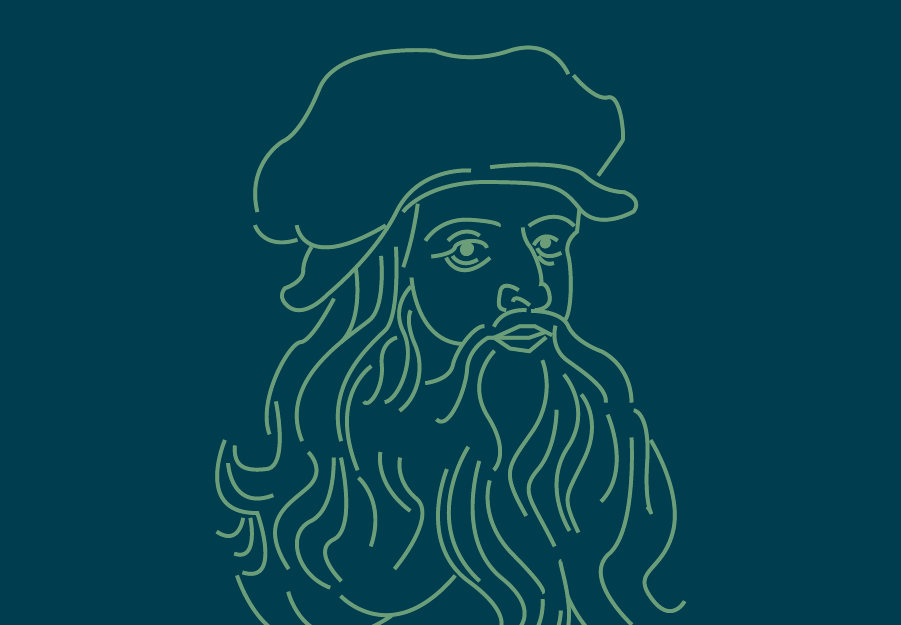
1476
Around 1476, 24 year old Leonardo da Vinci and three young men are charged with sodomy in an incident involving a well-known male prostitute. The charges are dismissed due to lack of evidence.
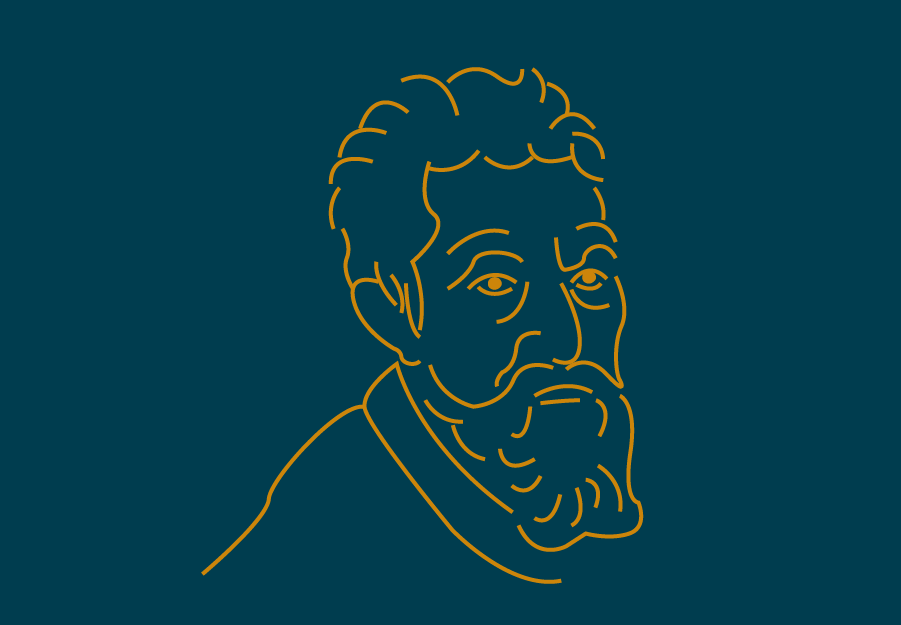
1500
Michelangelo starts painting the Sistine Chapel. A devout Christian, he is torn between his desires and his faith.
It is lesser known that he falls in love and writes numerous poems to his lovers. The openly homo-erotic nature of the poetry is a source of discomfort even to later generations. His own family finds it embarrassing.
Michelangelo’s grandnephew, Michelangelo Buonarroti the Younger, publishes his poems in 1623 with the gender of pronouns changed.
It is not until John Addington Symonds translates them to English in 1893, that the original genders are restored.
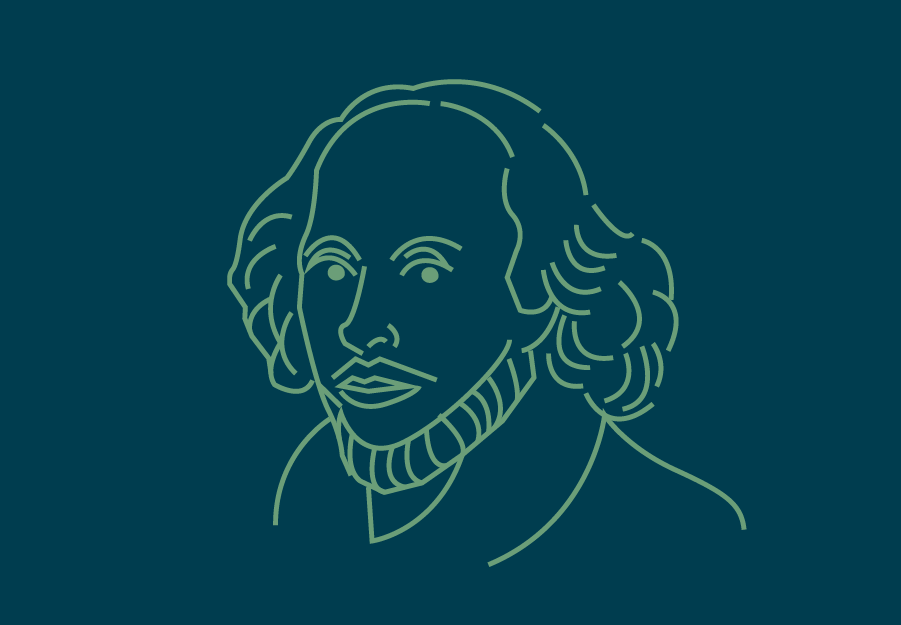
1564 - 1616
Scholars speculate that William Shakespeare’s sonnets reveal the author’s same sex desires.
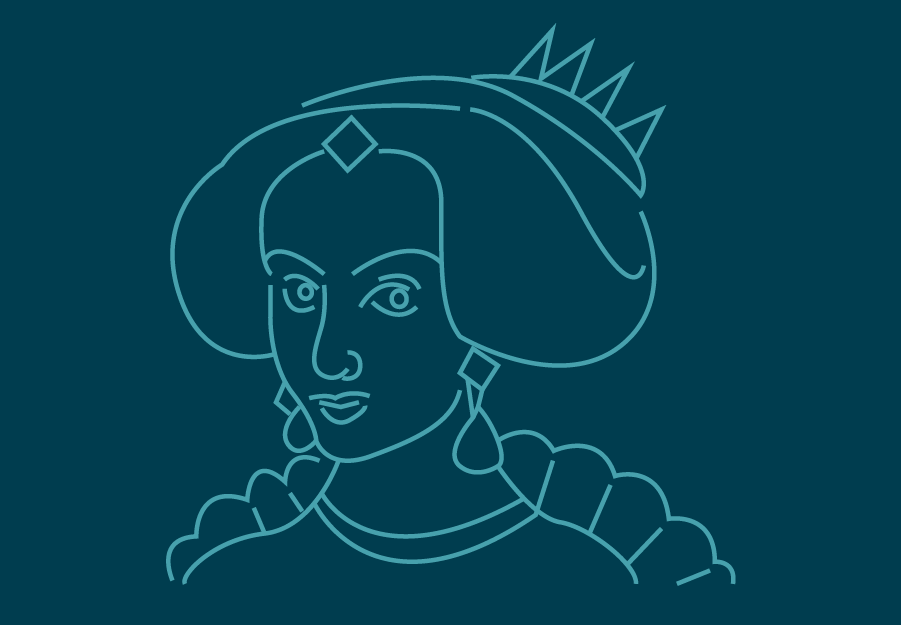
1632
Queen Christina reigns as the Queen of Sweden from 1632 to 1654. While the question of her sexuality has been debated, some historians assert that she maintained heterosexual, non-sexual, lesbian, or bisexual relationships during the course of her life.
A symbol of the Counter Reformation, she is one of the few women buried in the Vatican grotto. In her autobiography (1681), Christina flirts with her androgynous personality.
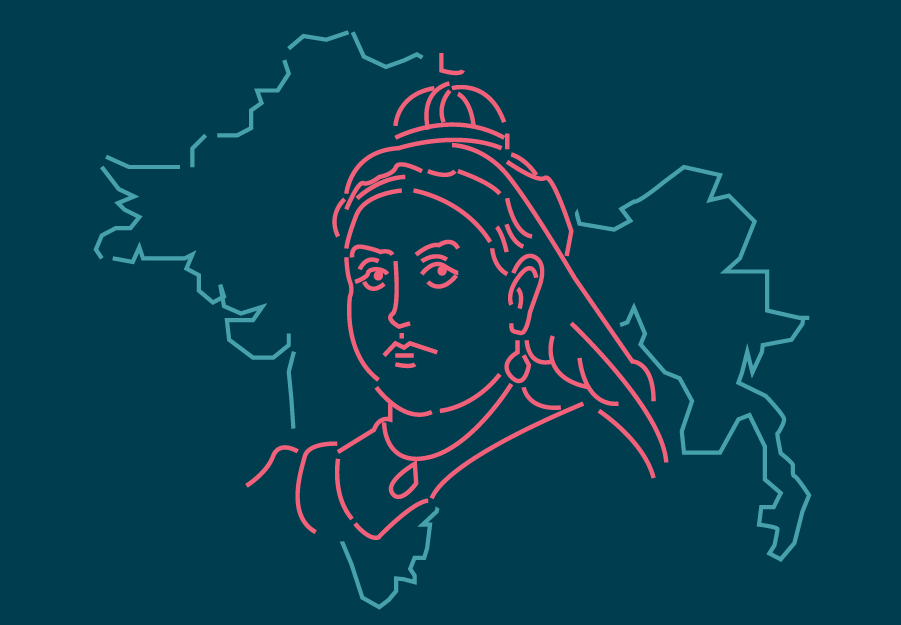
1860
Moving further ahead, India, a British colony, inherits the anti sodomy laws of Britain in the form of Section 377.
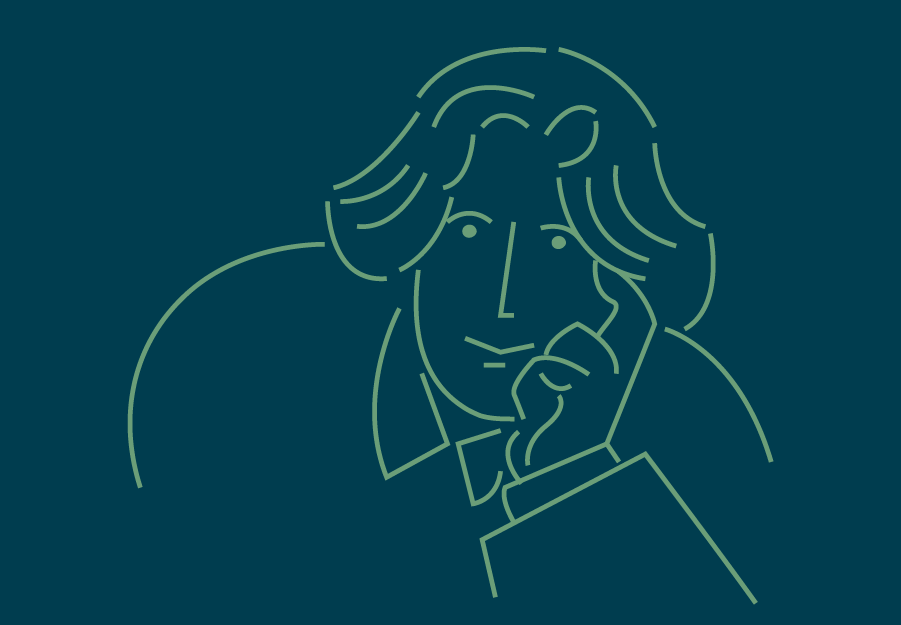
1895
Over to London, where the trial of Oscar Wilde results in his being prosecuted under the Criminal Law Amendment Act of 1885 for ‘gross indecency’. He is sentenced to two years of hard labor in prison that destroys his health and career.
Between January and March 1897, while in prison, Wilde writes a 50,000-word letter, ‘De Profundis’ to his lover, Lord Alfred Douglas.


1896-97
In 1896, the world's first gay magazine is launched in Berlin, called Der Eigene ('The Self-Owning').
Magnus Hirschfeld, a German physician, founded the Scientific-Humanitarian Committee in May 1897 as a subset of Berlin's Institute for the Science of Sexuality - the first gay-rights organization in the world to lobby for the rights of gay, lesbian, and transgender people, with a focus on legal representation.
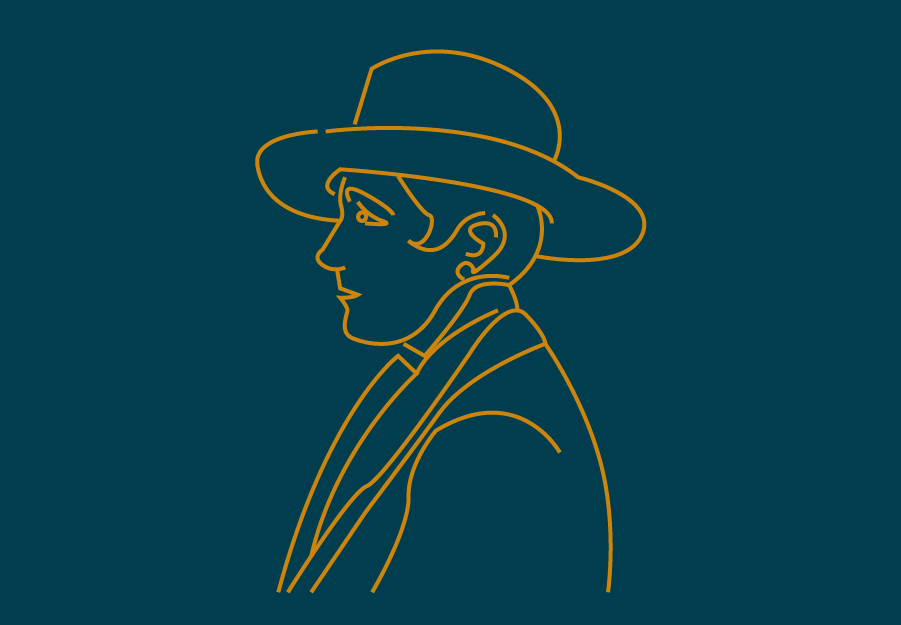
1928
The Well of Loneliness written by Radclyffe Hall, is published in the UK and United States. This sparks great legal controversy and brings the topic of homosexuality to public conversation.
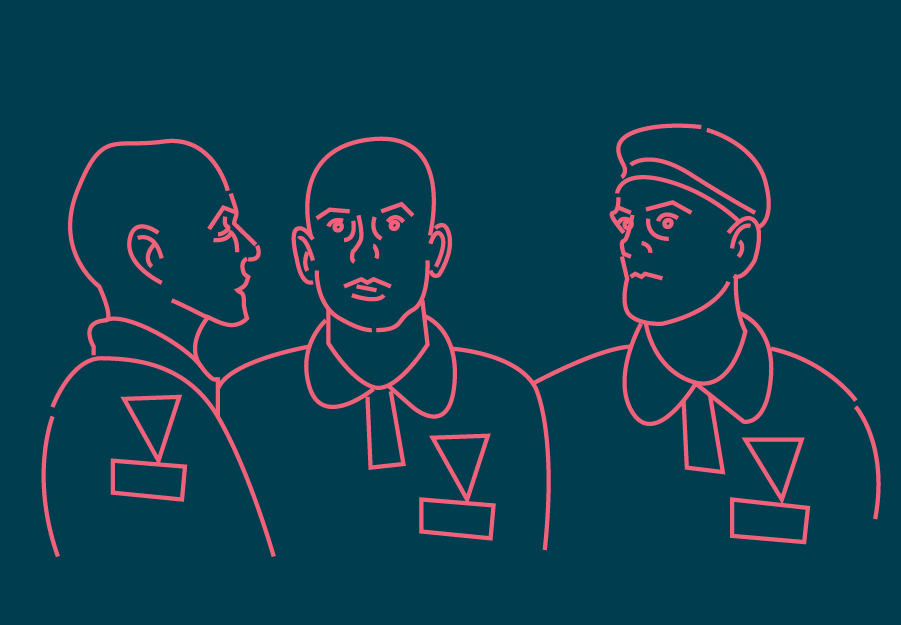
1933
The National Socialist German Workers Party bans homosexual groups. Between 1933 and 1945, more than 15000 gay men are killed in concentration camps.
A pink triangle is used to mark these men, within the camps. Originally intended as a badge of shame, the pink triangle (often inverted from its Nazi usage) has since been reclaimed as an international symbol of gay pride and the gay rights movement, and is second in popularity to the rainbow flag.
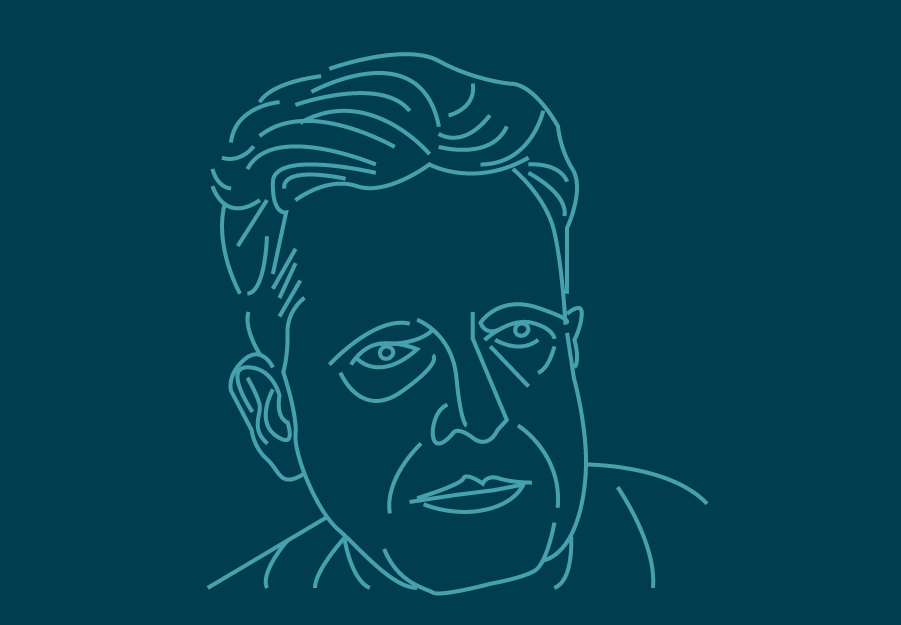
1948 - Kinsey Reports
The Kinsey Reports by biologist and pioneer of human sexuality, Alfred Kinsey paved the way for a deeper exploration into sexuality.
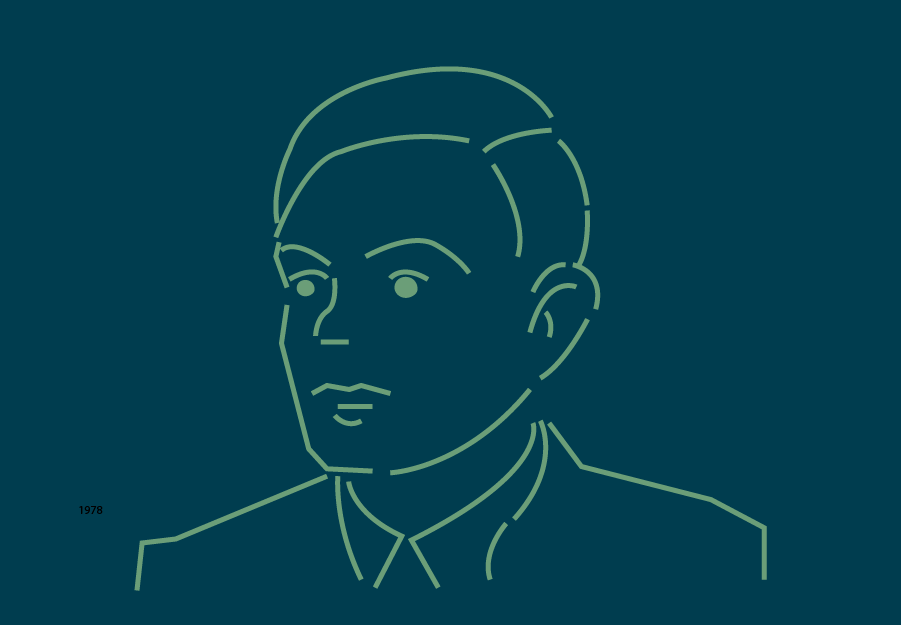
1954
From a pride symbol, let’s talk about Alan Turing. A mathematician and computer genius, Turing is regarded as the father of modern computers. He is known to have resolved the Enigma machine of the German army in the WWII.
He commits suicide by cyanide poisoning. This is 18 months after being punished for being a homosexual with the choice of either two years in prison or libido-reducing hormone treatment for a year.
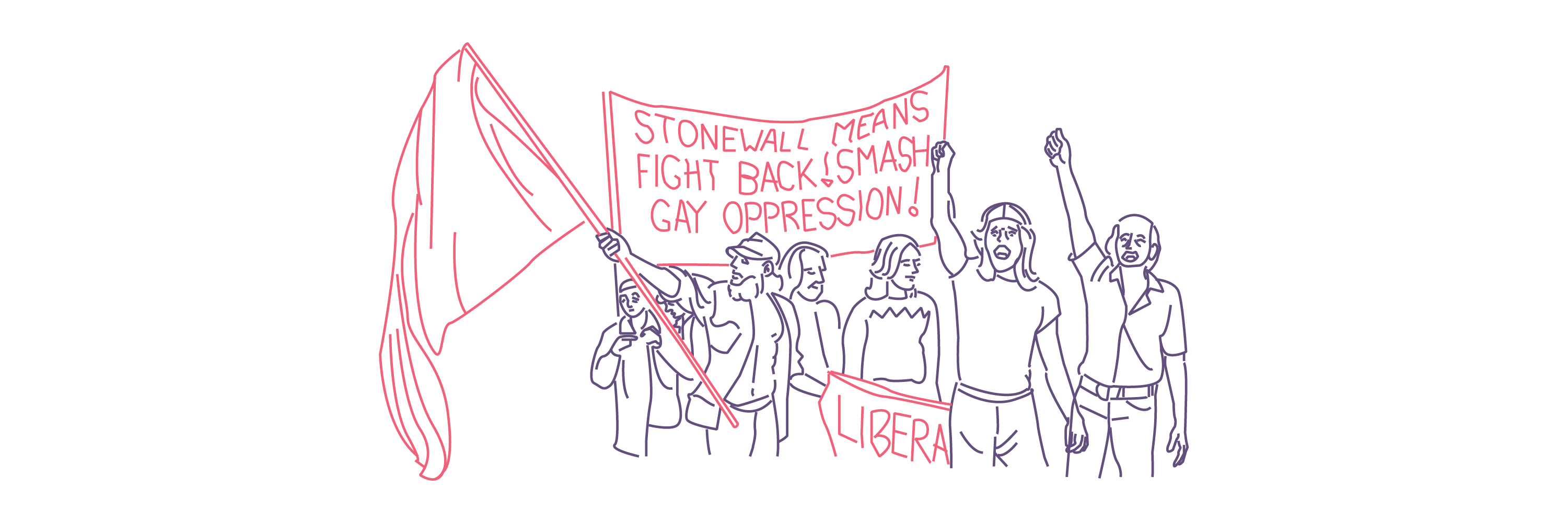

1969
Let’s move ahead to the Stonewall riots that takes place in 1969 in New York City. The last years of the 1960s are very contentious, as many social/political movements including the Civil Rights Movement, the counterculture of the 1960s, and the anti-Vietnam War movement, are active. Inspired by the spirit of rebellion in the air, the stonewall riots soon turn into the most significant event leading to the gay liberation movement and the modern fight for LGBTQ+ rights. The riot is a show of strength against police brutality, where LGBT individuals are often monitored, arbitrarily rounded up, tortured and humiliated in prisons.
It is important to highlight the role of queer people of colour that included prominent advocates such as Marsha P. Johnson and Silvia Rivera who spearheaded the movement.
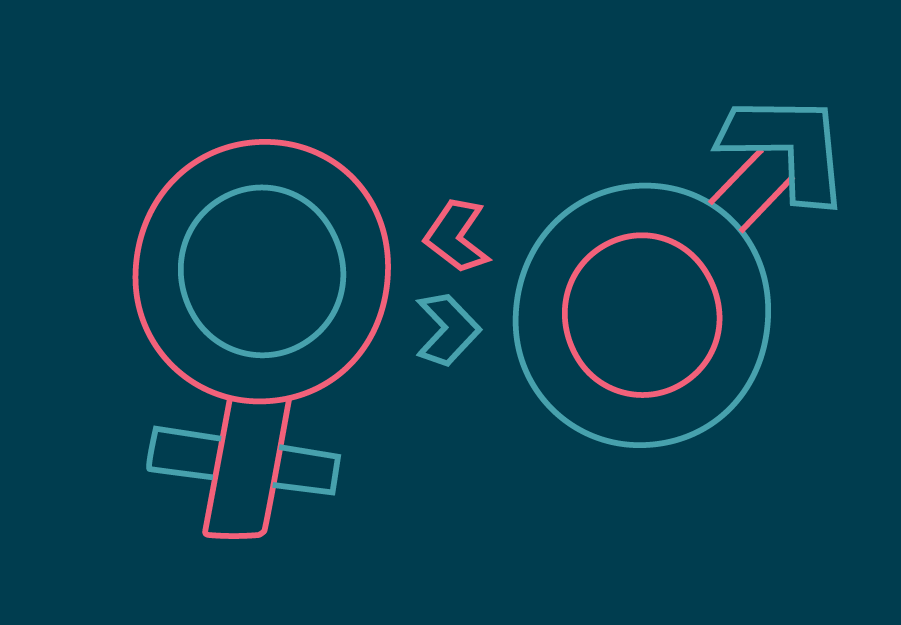
1970
Fast forward to the 1970s when a series of progressive and path breaking steps in LGBTQ+ history are taken.
Sweden becomes the first country in the world, to legalize sex re-assignment surgeries, and provides free hormone therapy for trans individuals. Till this time, numerous witch doctors as well as qualified medical practitioners were practicing shock therapy, libido reduction treatments to ostracize homosexual and transgendered individuals.
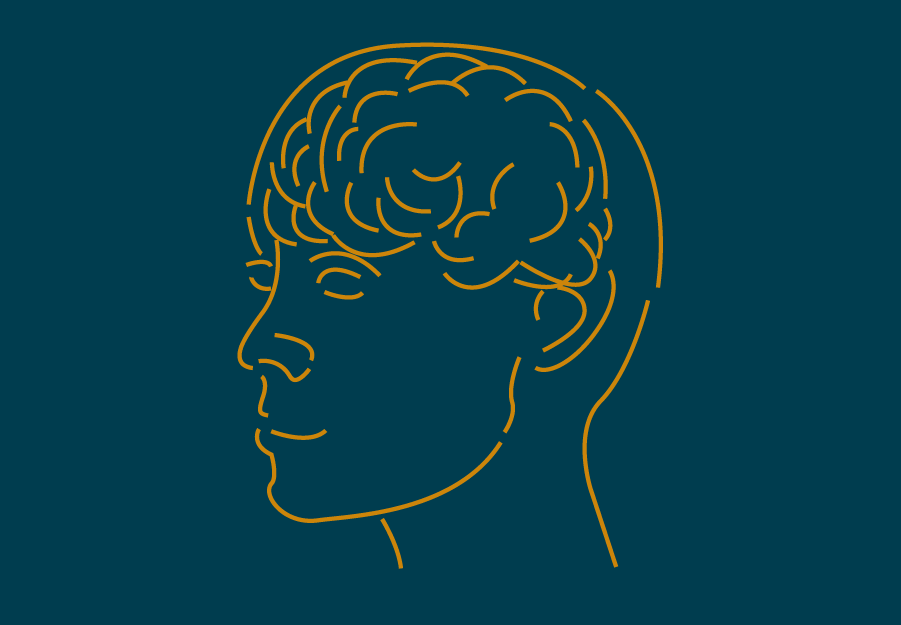
1973
The American Psychiatric Association removes homosexuality from its Diagnostic and Statistical Manual of Mental Disorders (DSM-II), based largely on the research and advocacy of Evelyn Hooker.
Prior to that, the Australian and New Zealand College of Psychiatry Federal Council declares that homosexuality is not an illness – the first such body to do so in the world.
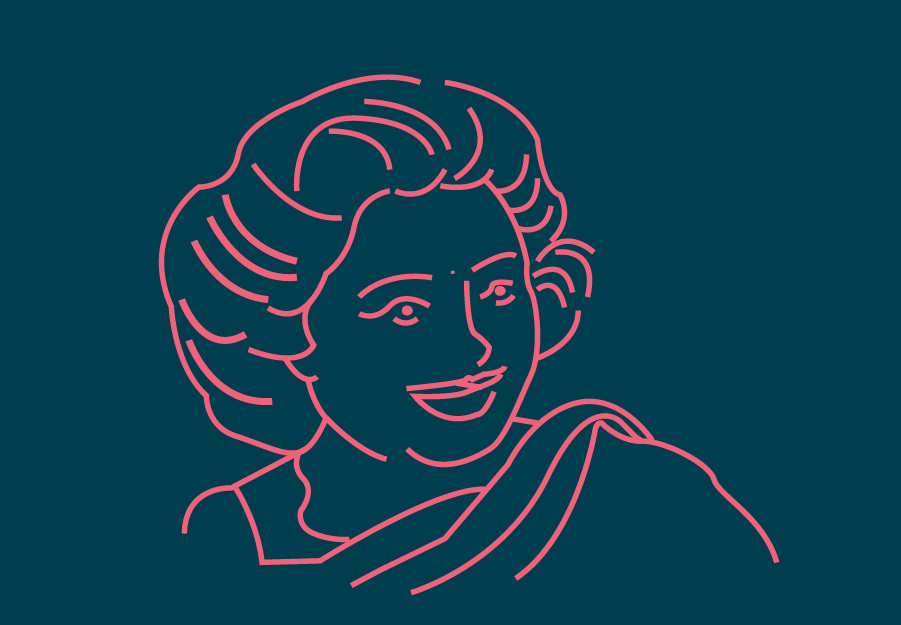
Over to India where Shakuntala Devi, a child prodigy in mathematics and often referred to as the human computer, publishes the book, “The World of Homosexuals” in 1977. This is considered the first study of homosexuality in India. In her book, she treats homosexuality in an understanding light and is considered a pioneer in the field.
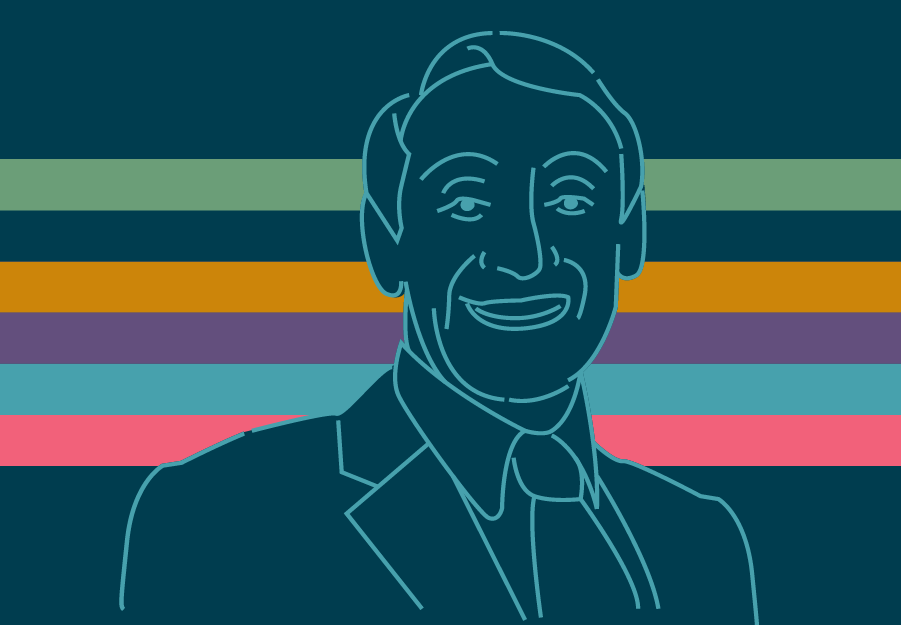
1978
In 1978, American Gay rights activist Harvey Milk is assassinated by former Supervisor of San Francisco, Dan White.
The same year, the rainbow flag is used for the first time as a symbol of homosexual pride. The original pride flag, designed by Gilbert Baker, had eight colours. Since its debut in 1978, the design has undergone several revisions. The most common variant consists of six stripes: red, orange, yellow, green, blue, and violet.
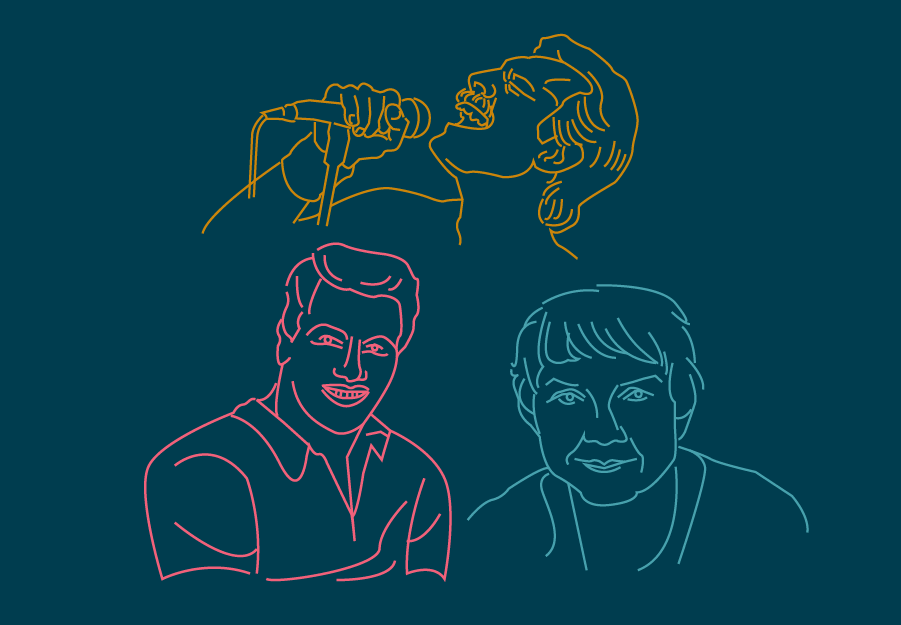
1980s
Adrienne Rich's Compulsory Heterosexuality and Lesbian Existence is published.
The AIDS epidemic spreads in the US. Initially perceived as a disease that only infects gay and bisexual men, it is infamously known as the 'gay-related immune deficiency', ‘gay cancer’, ‘community-acquired immune dysfunction’ and ‘gay compromise syndrome’.
Actor Rock Hudson becomes one of the first few public figures to die from an AIDS-related illness.
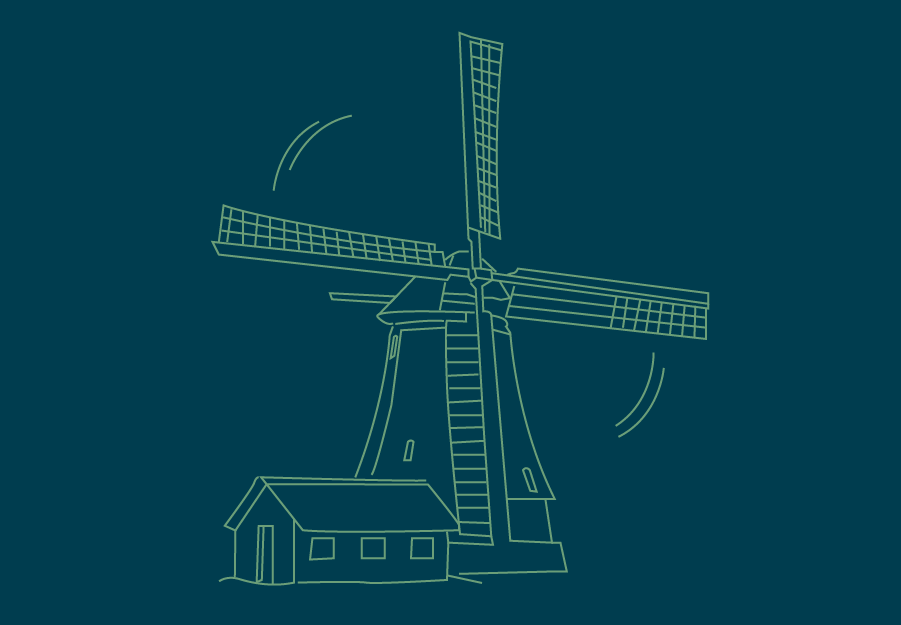
2001
Netherlands becomes the first country in the world to legalize same-sex marriage.
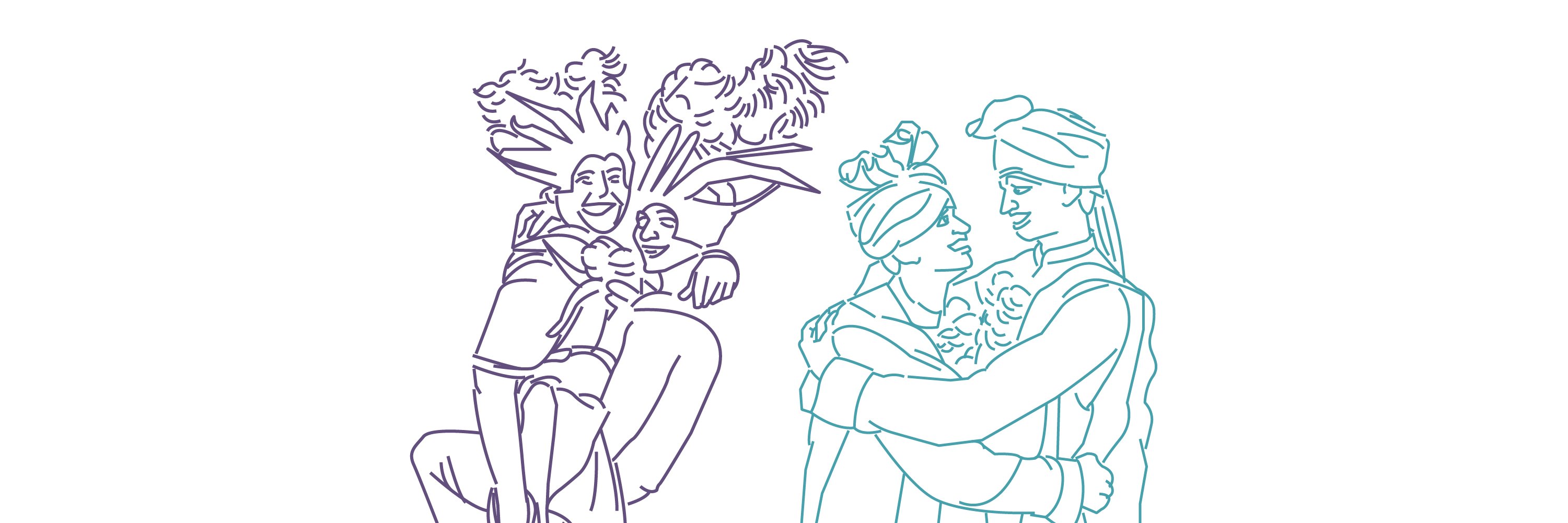

2009
Moving ahead to the 2000s, in a landmark judgment, the Delhi High Court strikes down the provision of Section 377 of the Indian Penal Code which criminalises consensual sexual acts of adults in private, holding that it violates the fundamental right of life and liberty and the right to equality as guaranteed in the Constitution.
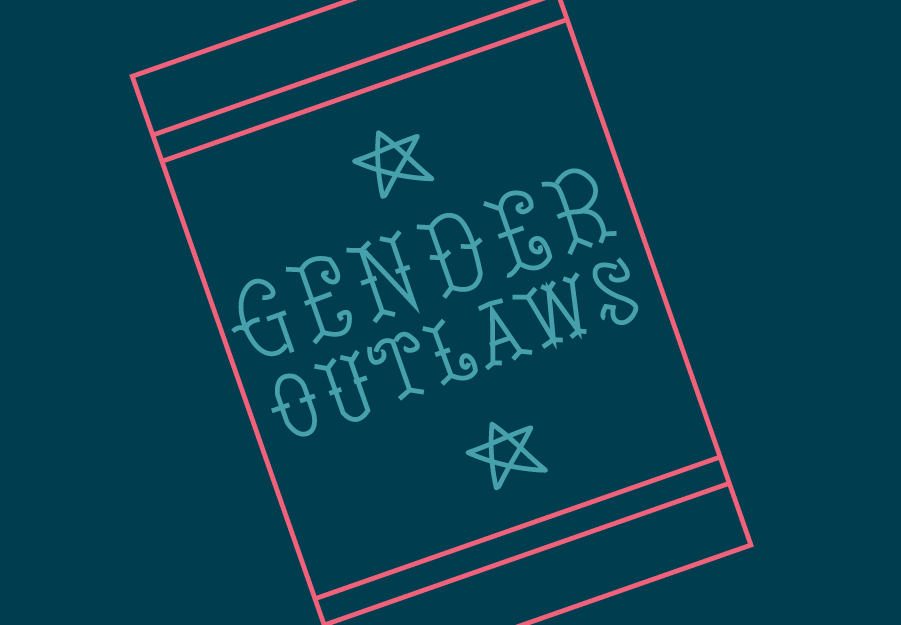
2010
Gender Outlaws edited by Kate Bornstein and S. Bear Bergman is published. It is considered to be a ground breaking work in understanding non-binary gender identities, challenging the gender ideology and transgender narratives.
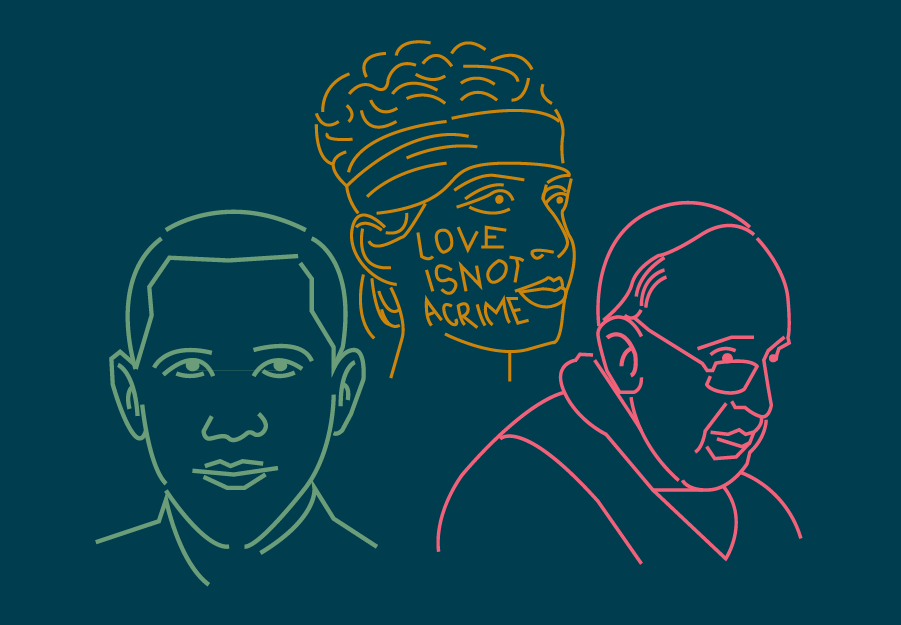
2013
In 2013, Barack Obama mentions the word 'gay' and the issue of gay rights for the first time in a U.S. presidential swearing in, during his inaugural address.
The same year, in a series of positive statements, Pope Francis mentions that the Church should apologize to gay persons who were offended and emphasizes that no one should be marginalized.
Also, the Supreme Court of India reverses the decision of the High Court and re-criminalizes homosexuality upholding Section 377.


The Supreme Court of India declares transgender people as 'third gender', affirming that the fundamental rights granted under the Constitution of India will be equally applicable to members of the transgender community. It also gives them the right to self-identification of their gender as male, female or third-gender.
2017



YES to marriage equality
On November 14, after a two-month national postal survey in Australia, the results came out 'overwhelmingly' in favor of legalizing same-sex marriage. 61% of the population voted to allow same-sex marriage.
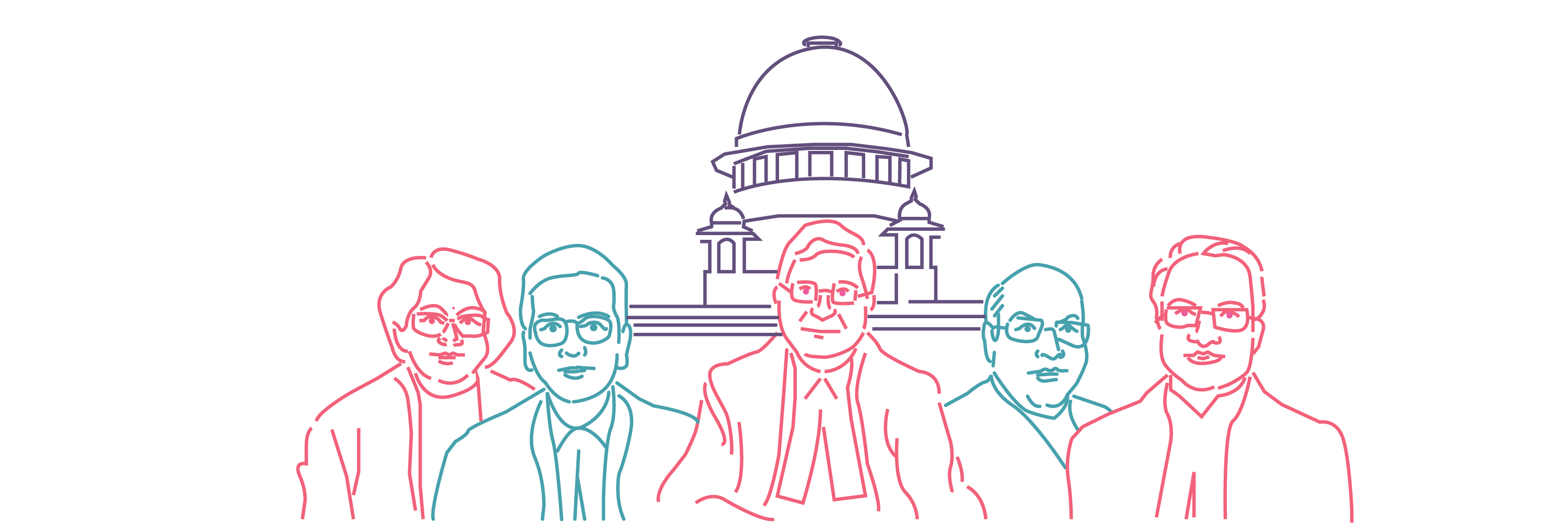

"I am what I am. So take me as I am."
On September 6, 2018, in a landmark verdict, a five-judge Constitution bench of the Supreme Court of India, read down the controversial Section 377 of the Indian Penal Code: a 158-year-old colonial law that criminalized consensual gay sex.
The bench that included the Chief Justice of India, Dipak Misra, Justice Indu Malhotra, Justice RF Nariman, Justice AM Khanwilkar, and Justice DY Chandrachud mentioned how majoritarian and popular views cannot dictate constitutional rights and that denial of self-expression is like death.


In conclusion
It is said that from gut worms to primates, homosexuality is found in over 500 species. However, homophobia is found in just one of these species - humans.
Right through history, gay and trans individuals have been at the receiving end of unimaginable violence. In extreme cases, this has included custodial rapes and murders, honor killings, arbitrary arrests, illegal detentions, extortions, blackmails, corrective rapes and suicide.
Anti gay laws in various countries to a great extent has legitimized the terror that is unleashed on LGBTQ+ individuals. In addition to this, many individuals are harassed at or lose their jobs, do not get equal access to housing and health care, and are often disowned by their families, because of their gender identity, or who they love.
The fight for LGBTQ+ rights has picked up momentum. All across the world, debates, discussions and law reforms are redefining how we look at gender and sexuality.
















